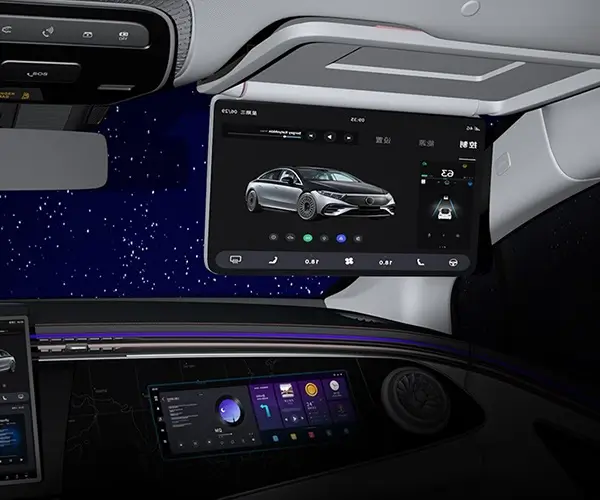How to Design a Microservice: A Guide for Building Efficient, Scalable Systems
Designing a microservice is like crafting a small, efficient machine within a larger system. When done right, microservices can be the backbone of scalable and resilient applications. But how do you build one that delivers all the benefits without the headaches?

Let’s dive into the basics of microservice design, breaking it down into practical steps that make sense for both newcomers and experienced developers.
1. Start with the Problem You’re Solving
Before jumping into code, take a moment to clearly define the problem you need to solve. Ask yourself: What functionality do I need from this service? Is it a small part of a larger application? The more focused your service is, the easier it will be to manage and scale. Microservices thrive when they are independent and narrow in scope.
For example, if you’re designing a payment service, make sure its scope is limited to just processing transactions. Don’t mix it with user management or inventory functions. Keep it simple, and avoid unnecessary complexity.
2. Break It Down into Smaller Pieces
Think of your microservice as a puzzle, where each piece handles one task or function. When designing, break your application down into distinct components that each perform one job well. You’ll create individual services for things like authentication, user management, or notifications. Each of these services should be able to work independently, but still communicate with others when needed.
Take the case of an e-commerce site: you might have a payment service, a product catalog service, and a customer support service, all interacting with one another but operating separately.
3. API Design is Crucial
When you design microservices, one of the most important aspects is how they communicate with each other. API design becomes central here. Think about it as giving each service a clear, structured way to talk to others without confusion.
A well-designed API should be easy to use, secure, and stable. You don’t want to change your service's API every few weeks, as it could disrupt communication between services. The goal is to create something robust but flexible enough to handle updates in the future.
4. Keep Dependencies Low
In the microservices world, independence is key. Try to design your services so they don’t rely heavily on one another. If one service fails, the others should continue working. This is where fault tolerance comes in—by designing services that can operate independently, you minimize the risk of one failure bringing down your entire system.
For instance, if the payment service goes down, your product catalog and user authentication services should still function normally. You can use things like event-driven architecture or message queues to ensure your services stay decoupled and resilient.
5. Plan for Scalability and Maintenance
The beauty of microservices lies in scalability. Because each service operates independently, you can scale up one service without affecting the others. If your payment service is getting a lot of traffic, you can scale just that service instead of scaling the entire application.
But scalability isn’t just about handling more traffic. It’s also about making your system easier to maintain over time. Microservices often come with their own set of challenges—like tracking all the moving parts. Make sure you have proper monitoring tools in place to track the health of your services and quickly spot any issues.
6. Don’t Forget About Security
Security is often overlooked in the rush to design a fast, efficient microservice. But in reality, every service should have its own security layer. Ensure that authentication and authorization are handled properly within each service, and make sure data is encrypted both in transit and at rest.
You also need to protect the communication channels between services, often through secure APIs and tokens.
7. Test, Test, Test
When building microservices, thorough testing is your best friend. Since each service is independent, you’ll need to test the interactions between them carefully. Integration tests will help you ensure that all services work together smoothly, and unit tests will verify that each individual service performs as expected.
Automation is your ally here. With the right tools in place, you can quickly catch any issues before they make it to production.
8. Keep It Simple
Finally, remember that simplicity is your secret weapon. The best microservices are the ones that solve a single problem without overcomplicating things. Keep the design minimal, avoid excessive features, and focus on performance and reliability.
In the long run, simplicity will save you time, reduce maintenance costs, and allow your services to grow without unnecessary overhead.
In conclusion, designing a microservice involves a blend of careful planning, solid architecture, and practical execution. When done right, microservices empower teams to innovate faster, scale more efficiently, and create systems that can handle the future.
Established in 2005, Kpower has been dedicated to a professional compact motion unit manufacturer, headquartered in Dongguan, Guangdong Province, China. Leveraging innovations in modular drive technology, Kpower integrates high-performance motors, precision reducers, and multi-protocol control systems to provide efficient and customized smart drive system solutions. Kpower has delivered professional drive system solutions to over 500 enterprise clients globally with products covering various fields such as Smart Home Systems, Automatic Electronics, Robotics, Precision Agriculture, Drones, and Industrial Automation.




































